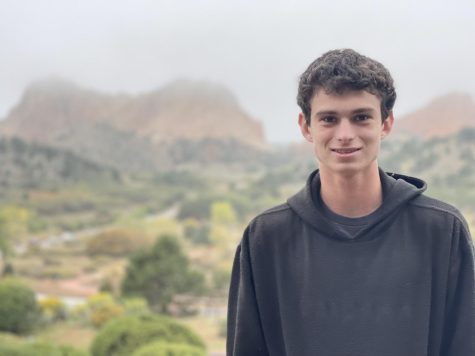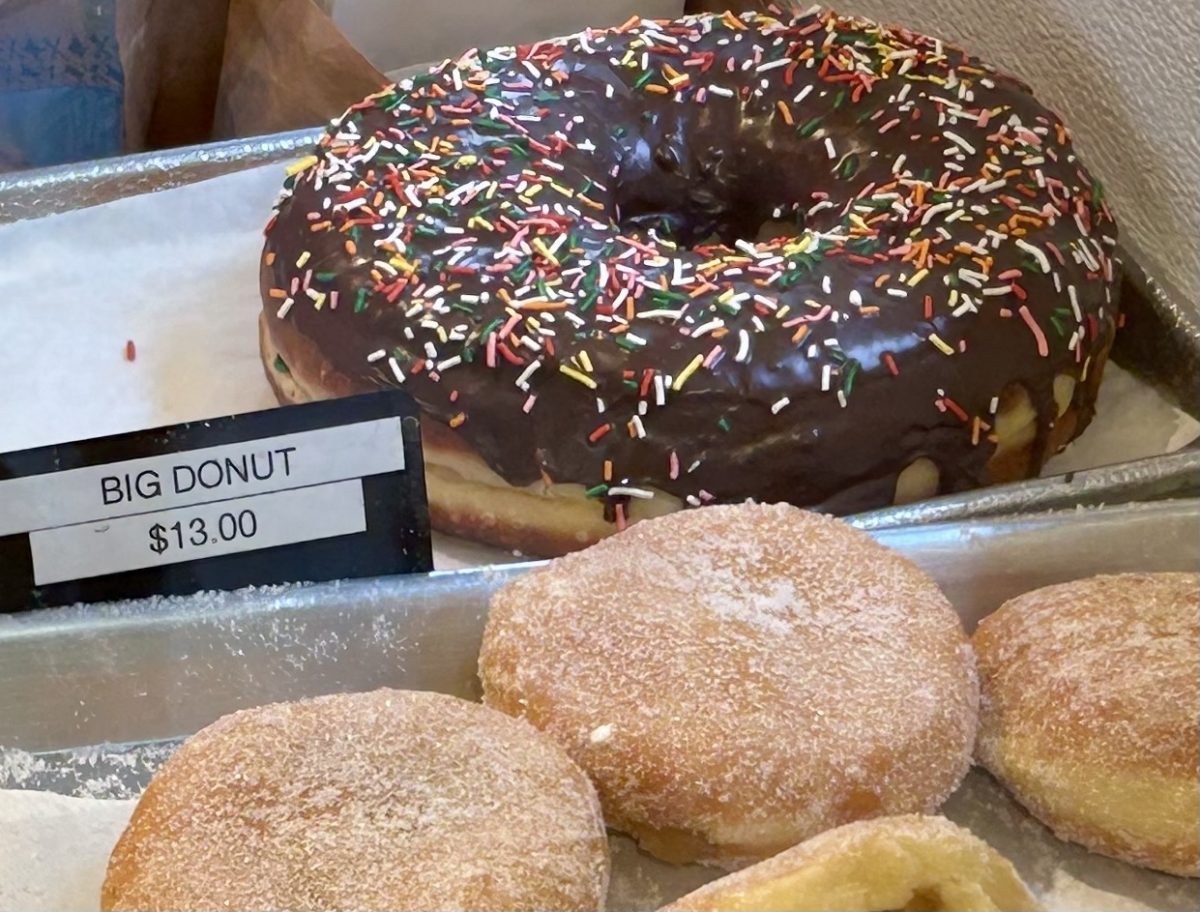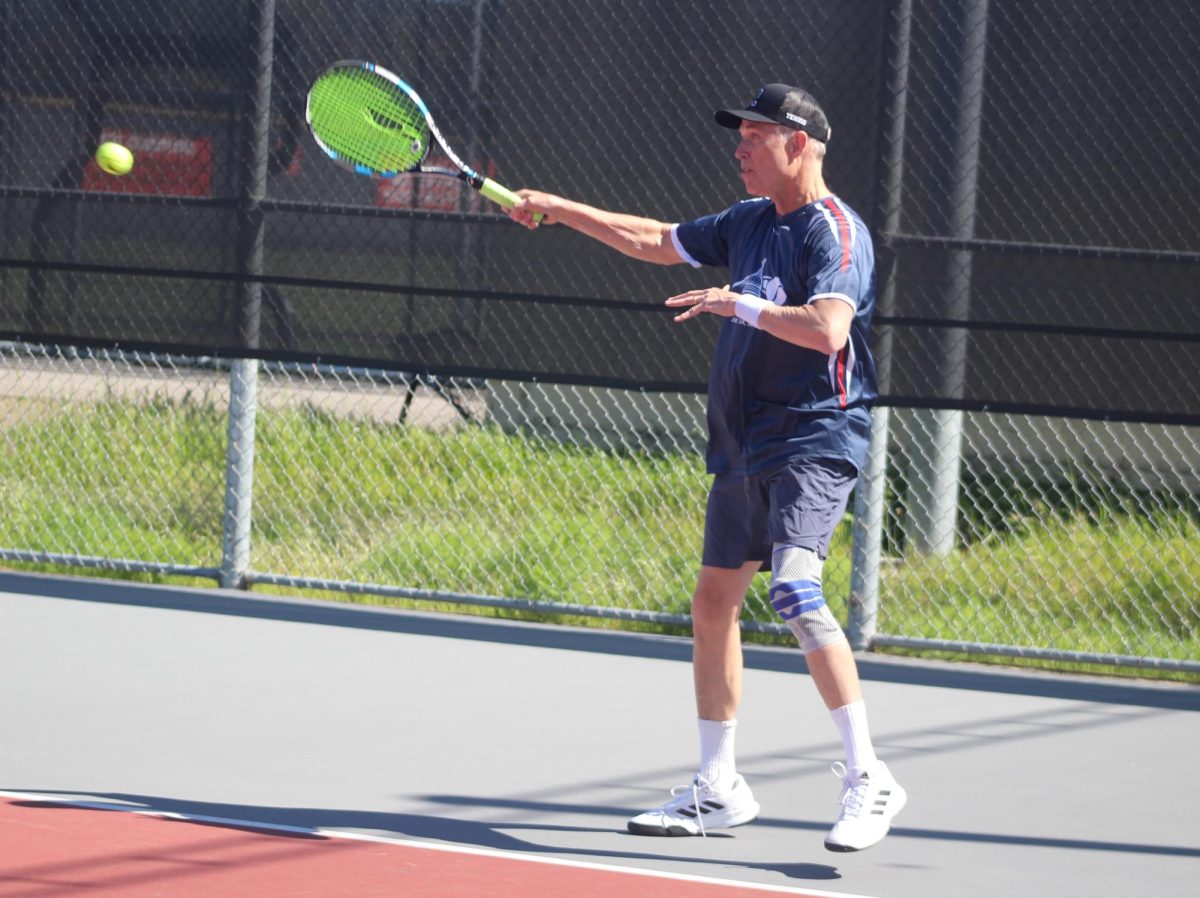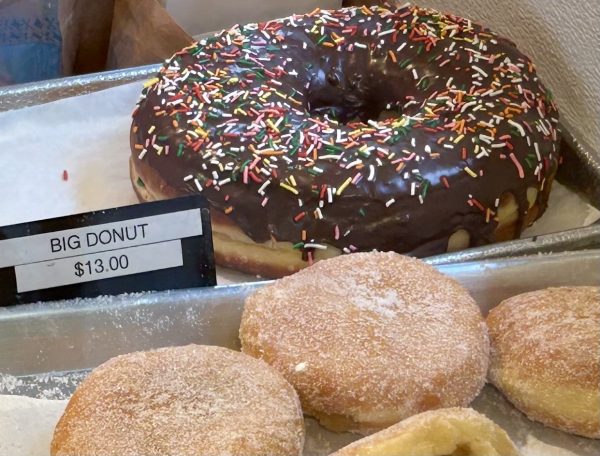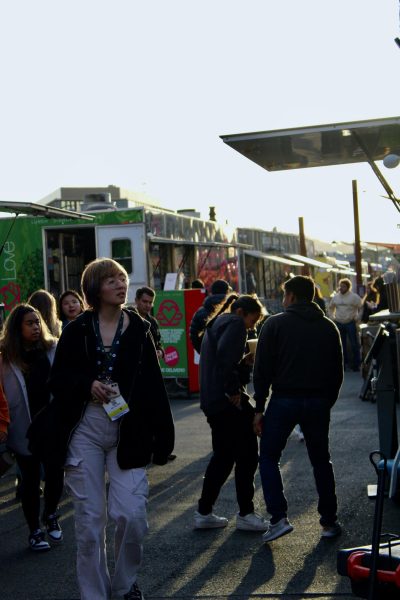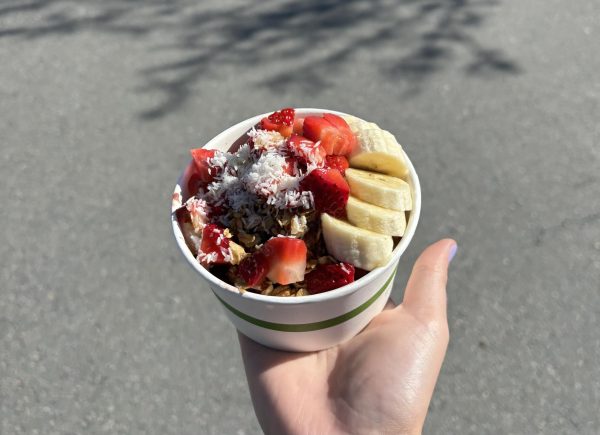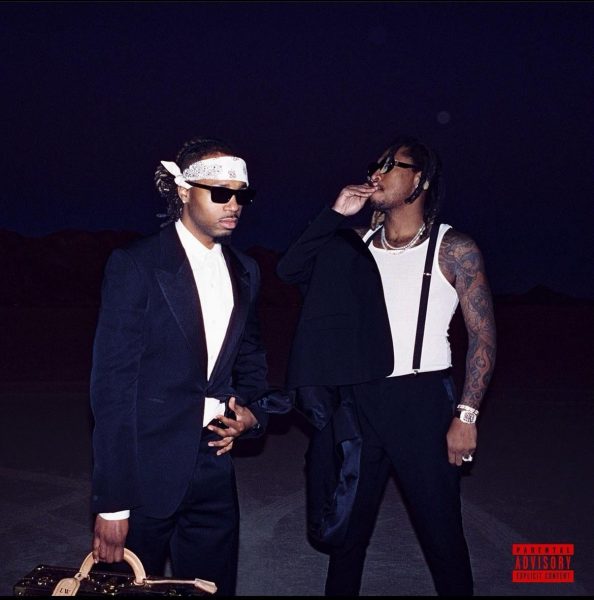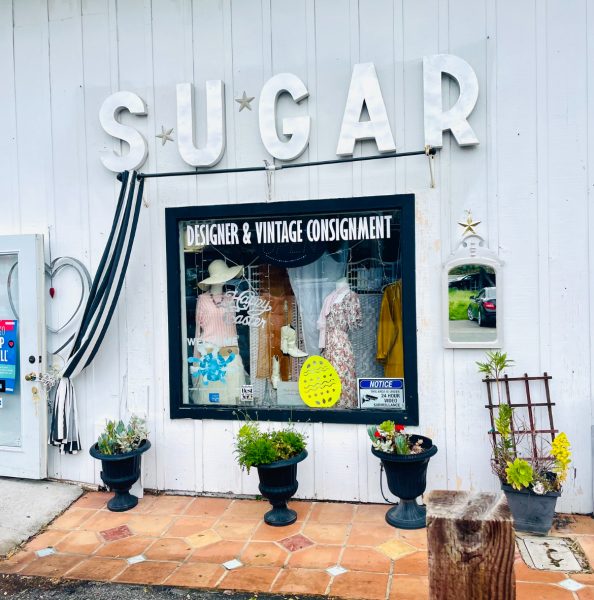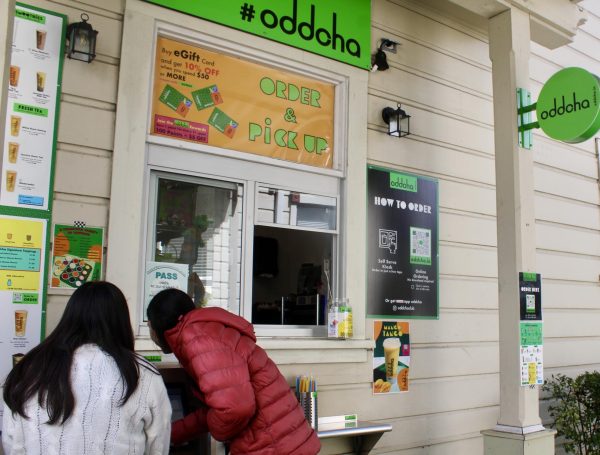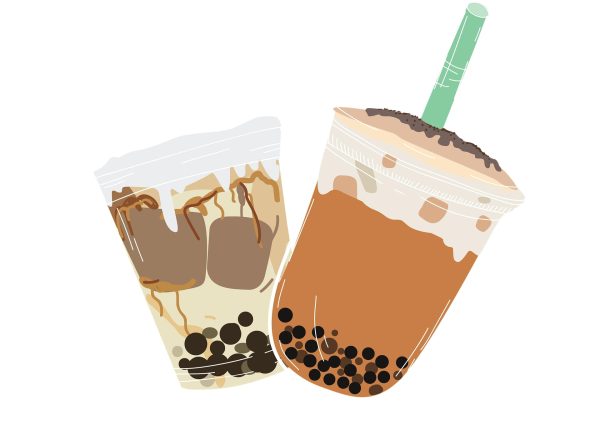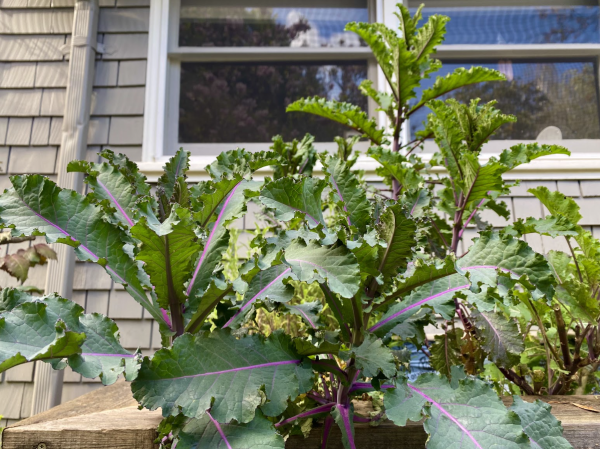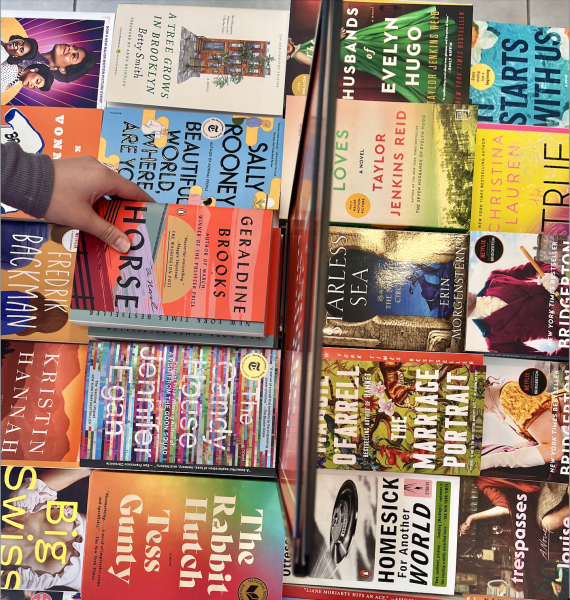Stay protected from the sun with these three essentials
September 26, 2022
In the early 1980s, a hole in the ozone layer started forming above Antarctica. The ozone layer, a thin protective coat around the Earth’s atmosphere, absorbs some of the sun’s ultraviolet light. This hole was formed by chlorofluorocarbons (CFCs), which are non-toxic, non-flammable chemicals thought to be harmless until Mario Molina proved they damaged the ozone layer in 1974. Today, CFCs and other greenhouse gasses continue to deplete and destroy the ozone layer, which means there is more risk for sun related diseases. Therefore, the need for other sun protection has also increased.
According to the Skin Cancer Foundation, between 2000 and 2020, rates of merkel cell carcinoma, a rare and aggressive form of skin cancer, increased by 95 percent. Today, skin cancer has become the most common form of cancer in the United States, with the American Academy of Dermatology Association currently estimating that one in five Americans will develop skin cancer throughout their lifetime.
To ensure skin protection, check the ultraviolet radiation index (UV index) found in any weather app orby using the shadow rule, which uses the length of one’s shadow to determine the UV index rating. The longer the shadow, the lower the rating. Ultraviolet radiation is harmful to the skin, so the UV index helps determine what precautions should be taken to ensure skin protection. For lower UV index ratings, simply applying sunscreen will suffice. However, as the rating increases, it is necessary to take more steps to ensure protection. Products such as protective clothing, sunscreen and UV-blocking sunglasses will help protect against UV rays.
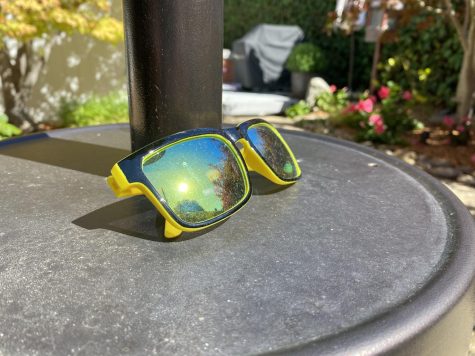
UV-blocking sunglasses
Sunglasses help protect against different elements such as wind and rain and can improve vision. UV-blocking sunglasses can be identified by a tag, which will say 99 or 100 percent protection against UVA and UVB, the most dangerous ultraviolet wavelengths. These sunglasses will reflect any harmful wavelengths away from a person’s eyes, ensuring proper protection. Some common UV-blocking sunglasses include the Quay Nightfall glasses for $65 and the Knockaround Black on Black/Smoke glasses for $28. Both sunglasses claim they are the perfect fit for everyone and come in multiple different colors. For those who do not prefer a specific brand name or style, choose the Knockaround variety as they serve the same purpose for the cheapest price.
Protective Clothing
Protective clothing should be worn anytime the UV index is above six. Protective clothing includes wide-brimmed hats, a sun hoodie and a long sleeve shirt or really anything that covers skin. Some options include the Dukars wide brim sun hat for $9.99, the Billabong All Day Wave light fit long sleeve shirt for $39.95, and the $49 Truewerk B1 Sun Hoodie. This hoodie is light and made out of synthetic fabric that blocks UV rays, benefiting those who wear it.
Sunscreen
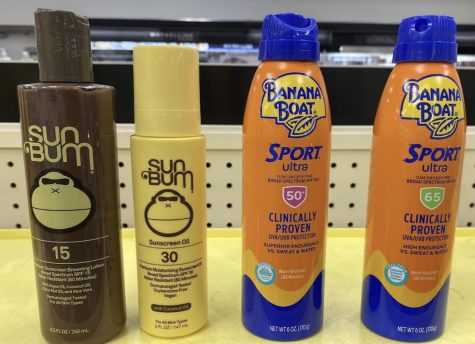
Sunscreen should be applied every day, regardless of the UV index rating. For a UV index of one to eight, apply sunscreen with a sun protection factor of 30 or more. For anything higher than eight, sunscreens with an SPF of 50+ is recommended. Some common sunscreen brands include Sun Bum, Banana Boat and Neutrogena. One package option is the Sum Bum Premium Day Tripper, which comes with one bottle of 30 SPF sunscreen, a lip balm to ensure lips do not burn and cool-down lotion for after a day in the sun.
All of these suggestions are quick and easy to do. Sunglasses and protective clothing are simple wardrobe decisions and putting on sunscreen can be done in a couple of minutes. If these proper precautions are taken, the likelihood of developing skin cancer decreases dramatically and it’s possible to spend more worry-free time in the sun.

